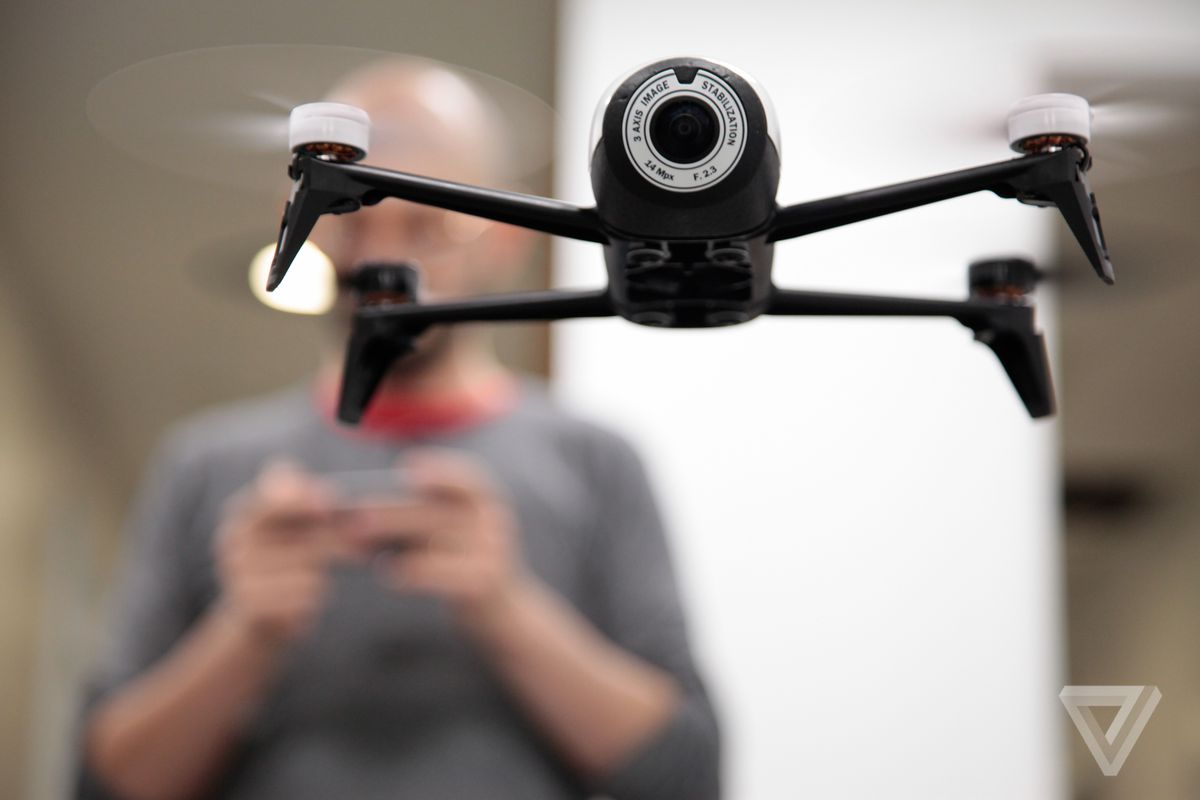The last decade has seen the rise of the remotely controlled drone as a recreational consumer product just as the price of such technology has plummeted, making them more-or-less available for all. It is now possible to purchase a drone for as little as $50, and their popularity has soared as a result. With this rapid rise in popularity and proliferation of the technology has come a whole new host of challenges mainly regarding the potential nuisance – or indeed danger – that they can pose in the wrong hands.
It was in 2018 that the second biggest airport in the U.K., London Gatwick, suffered from what police maintain to this day was a malicious attack. Over the course of three days, nearly 1,000 flights were grounded, and 140,000 passengers suffered major journey disruption all on account of the mere sighting of a drone within the airport boundaries. The incident caused something of a mass panic, with a frenzied police search, the deployment of the military, and a manhunt culminating in nothing more than two wrongful arrests and no drone ever found. The fact that a single report of a drone within the vicinity of an airport was able to cause such disruption speaks to the potential of this technology to cause real harm.
The fact of the matter is that drones do indeed have the potential to do all sorts of harm. They are small, difficult to catch, and agile, meaning they could potentially be used to deliver bombs, trouble aircraft, and, of course, spy on sensitive locations. It is little wonder then, following the Gatwick incident, that the British government drafted legislation to control the use of drones. Today, in nearly every country, there are fairly strict regulations on where drones can be flown, most of it regarding the danger of drones in built-up areas.
But as the technology develops and more and more people get their hands on it, the imperative to be able to combat “drone attacks” has only become more urgent. Of course, super-accurate military technology which could theoretically identify, track, and strike drones is nothing new. But in built-up areas where a mis-strike by any conventional weaponry could be catastrophic, new solutions are called for.
Drones are now standard in industry as well as consumer technology and have famously found a use for online shopping companies such as Amazon, who have for many years been teasing the idea of drones being used to deliver packages. Drones seem set to become a real ‘tool of the trade’, another specialist product like power drills or line painting machines, which could become industry standard. In other words, they will soon be everywhere (if they aren’t already), and with that comes a massive potential threat.
The DARPA Drone Interceptor
It is specifically the threat posed by small, unmanned drones that have attracted the most speculation over how it could be dealt with. A top priority for developments in this area has been the ability to take out drones effectively but with the minimum of collateral damage. Again, this is an especially pressing concern in built-up areas, where there are already many laws and restrictions about flying drones.
In 2020, top scientists working for the Defense Department began to work on new technologies with this specific goal in mind. The Pentagon has pledged the technology to be ready by the first quarter of 2022.
Enter the DARPA drone interceptor, which has just been seen in action for the first time in a tantalizing new video recently released. The video shows a cylindrical interceptor, which appears capable of tracking the drone as it flies alongside it, before releasing what has been described as a ‘silly-string’ like substance to disable the drone in midair, sending it crashing to the ground.
Many details about this new technology are still unclear, no doubt available only to those with the highest security clearance. The substance which composes the interceptor’s streamer-like projectile, for example, is of an unknown composition.
What we do know is that the system is guided by a ground system and multiple interceptors can be launched at once. They also appear to be reusable, firing the silly string-like streamers from a distance rather than having to get close enough to the drone to explode or make use of a net.
Indeed, drone interceptors currently in service use either an explosive warhead or are intended to ram the drone itself, which is a technique requiring precise aiming and the likelihood of damage to the interceptor. Moving away from explosive options indeed seems like the trend this technology is set to take.
Although a clear leap forward when it comes to tackling hostile drones with as little collateral damage as possible, the technology still leaves a few definite risks unchecked. “The issue of a hostile drone – potentially with explosives attached to it – falling to the ground and possibly injuring civilians exists,” says Robert Bunker, a security analyst with the C/O Futures. “But it’s far better” he goes on, “than targeting such a drone with indiscriminate machine gun fire.”
Implications for Recreational Drone Users
Although the main drive behind the development of this technology has been its possible military applications, this is the first technology that is clearly safe enough for civilian use. Possible applications include the defense of airports and sports stadiums, with no explosives or other weaponry which could endanger civilian life. Returning to the 2018 London Gatwick incident, technology of this kind could well have seen the situation resolved much more efficiently than it was. In fact, because the offending drone was never found on that occasion, it would even be fair to say that the situation was not resolved at all. A system of drone interceptors with a clear focus on the flight paths of landing and taking-off aircraft could have allowed flights to resume.
This leads to clear implications for recreational drone users, of which there are now a great many. It might well turn out that such non-explosive drone interceptor technology could become standard issue among police departments hoping to combat drone crime. And as drones become increasingly more popular, that could become a whole new area of crime that needs a response strategy.
Current guidelines as they are, drone users that stay inside the law cause very little trouble to society at large. But with the potential for serious harm being so significant with this innovative technology, it is no surprise that a similar level of innovation has been employed to combat it.





